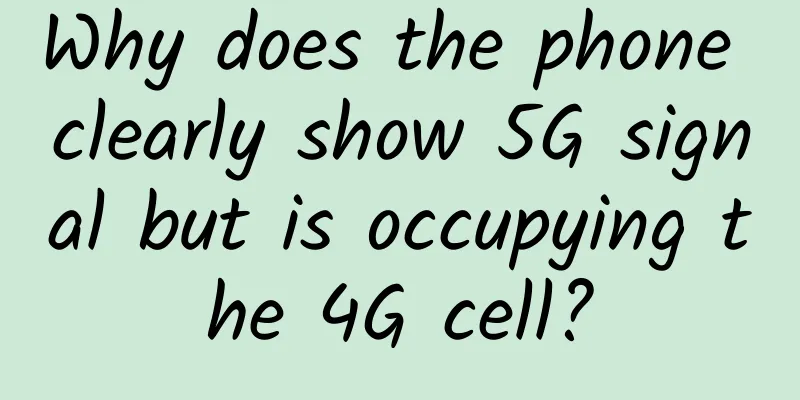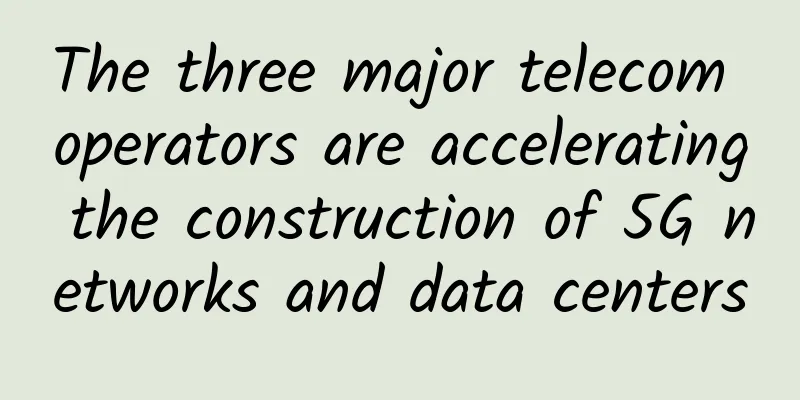Three key considerations for upgrading your business to 5G

|
“While the discussion and hype around 5G has focused on what it means for consumers, enterprises are actually the ones that will benefit the most from the 5G connectivity era. The time to deploy 5G is now,” explained Todd Krautkremer, CMO at Cradlepoint. With the COVID-19 pandemic placing a premium on network speed and agility as well as high security, 5G and cellular-based wireless wide area networks (Wireless WAN) can help enterprises meet these growing demands not only in the future, but also in the future. With 5G deployment becoming more widespread, data plans for businesses already available, and commercial 5G-enabled routers and adapters on the market, IT decision-makers around the world can take advantage of this powerful, flexible and reliable form of wireless connectivity today. However, some businesses need guidance on how to make the right 5G investment, whether it is IoT, retail, manufacturing or automotive applications, to determine the best path forward. Embrace Wireless WANHistorically, wired WANs interconnected various distributed LANs, devices, data, and applications. When it comes to cloud applications, WANs are the new LANs (local area networks), requiring a level of uninterrupted connectivity that only cellular networks can provide. Wireless WANs deploy cellular broadband, including 4G LTE and 5G technologies, as a critical infrastructure to provide primary or failover cellular connectivity to stores, offices, vehicles, and/or IoT devices at the edge of the network. Wireless WANs are becoming an essential component of the enterprise transformation journey. They extend the reach of the enterprise to people, places and things wherever work or customer interactions occur. Therefore, it is imperative that enterprises understand and embrace Wireless WAN as an integral part of 5G investment and rollout. By adopting Wireless WAN, enterprises can unlock the true potential of 5G with fast fiber and simple cellular connectivity wherever you need it. Wireless WAN enables enterprises to achieve greater business flexibility and freedom of coverage without having to worry about manageability issues. 5G confidence is keyOverall, 5G mobile connections are growing steadily year over year. It is expected that the total number of connections will reach 3 billion by 2025. As in the consumer sector, 5G is becoming the new normal, and it is critical that enterprises are familiar with 5G technology and the advantages it provides. Enterprises often have hundreds or even tens of thousands of locations, vehicles, remote workers and IoT devices, and need the ability to connect, protect and manage diverse endpoints with a single platform without complex operations. Given the unique requirements of wireless WANs, enterprises must carefully evaluate the business readiness and capabilities of 5G-enabled routers and adapters (remote modem and antenna systems) before investing in 5G. As with any RF wireless networking system, your mileage will vary widely. Committed to life cycle managementWhile carrier rollouts of 5G are well underway, we are still at the dawn of 5G's potential. It will provide or enable everything from ultra-low latency and Gigabit connectivity to massive IoT and edge computing with extended battery life. While 5G's value proposition is enticing, it will never be adopted if the routers and adapters that connect to 5G do not meet or exceed critical business requirements for security, performance, and management. Therefore, enterprises need to ensure that the 4G LTE and 5G wireless WAN solutions they are considering are secure, provide the expected performance, and provide full lifecycle management that meets the scale of deployment. From zero-touch deployment to group configuration, assessing uptime and performance, real-time monitoring of security status, application experience quality and cellular data plan consumption to remote troubleshooting. These lifecycle management capabilities are critical to managing modern WANs. The future is 5G, and making 5G a critical component of your WAN infrastructure is a big decision. Embracing 5G’s unique combination of fiber-fast speed and cellular simplicity, along with the agility and coverage that only cellular can provide, shouldn’t require sacrificing security, uptime, or manageability. |
<<: Ruijie Networks: Linking Network + Security to Prevent Campuses from Becoming "Mines"
>>: The United States has repeatedly stumbled in 5G network construction. What did it do wrong?
Recommend
RAKsmart: US server seckill starts from $30/month, Japan/Korea server seckill starts from $59/month, cluster server starts from $109/month
RAKsmart's independent server flash sale cont...
Network Quality of Service (QoS) Technology
1. Introduction Branches of the national financia...
At the 2017 Asia Pacific CDN Annual Conference, Yunfan Accelerator was awarded the title of "Excellent Service Quality Enterprise"
On November 14, 2017, the 2017 Asia-Pacific CDN A...
HostYun: Australian VPS starting from 23 yuan per month, AMD5950X+M.2 SSD+remote backup
HostYun provides VPS and independent server renta...
MoonVM: Hong Kong high-bandwidth VPS monthly payment starting from $10.8, 1GB memory/10G SSD/5TB monthly traffic
The tribe once shared information about MoonVM in...
With another 600,000 base stations added, do you plan to upgrade to a 5G package?
As we all know, my country's operators have b...
5G will bring a range of possibilities to future buildings
The fifth generation of mobile networks (5G) is e...
Do you really understand hybrid cloud? Dive into the cloud and look at some confusing cloud computing concepts
[51CTO.com original article] Cloud computing is g...
MWC19 Shanghai | Data center 400G solution, AI empowers the future
In recent years, with the rapid growth of mobile ...
5G development still has a long way to go
The construction and development of 5G has gone t...
In the digital economy era, operators focus on technological innovation to optimize and upgrade digital infrastructure
The State Council recently issued the "14th ...
[5.1]spinservers: $89/month-Dual E5-2650Lv3, 64G memory, 1.6TB SSD, 10Gbps bandwidth, Silicon Valley data center
spinservers launched a one-week Labor Day promoti...
One million new 5G base stations will be built next year. Is that a lot?
The latest news shows that my country has built a...
Ministry of Industry and Information Technology: Increase support for 5G enhanced technology and 6G technology research and development
The Ministry of Industry and Information Technolo...
Seize the opportunity of enterprise applications with network slicing
5G is on the rise for a reason. In addition to fa...









